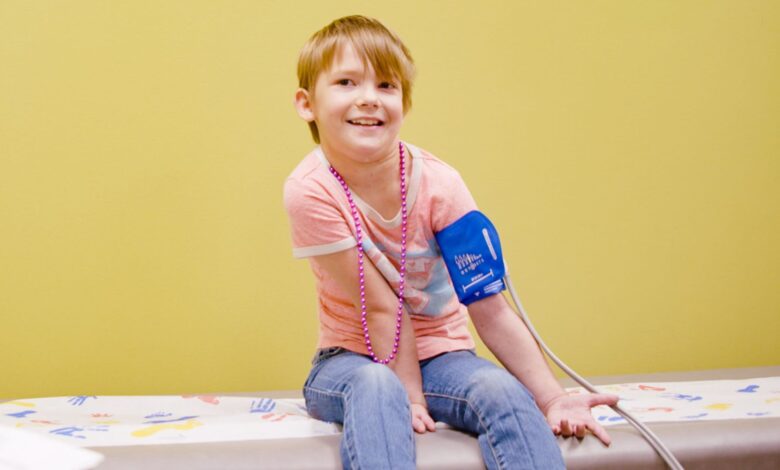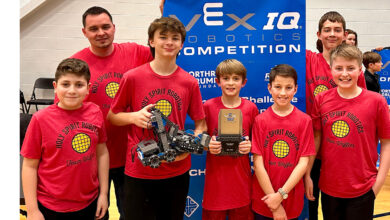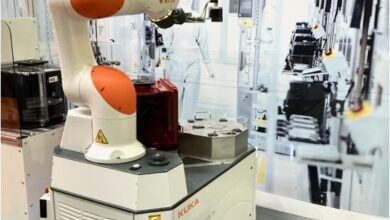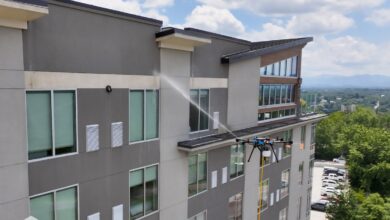World’s 1st pediatric robotic brain surgery performed on Oklahoma girl

An 8-year-old girl from Oklahoma has become the world’s first pediatric patient to undergo robotic deep brain stimulation (DBS).
The announcement was made by two collaborating hospitals, Oklahoma Children’s Hospital OU Health and Bethany Children’s Health Center.
This groundbreaking procedure not only marks a significant milestone in pediatric neurosurgery but also holds promise for future treatments of severe neurological disorders in children.
A life-changing procedure
Karleigh Fry, a young girl battling rapid-onset primary dystonia, has faced unimaginable challenges due to this severe neurological movement disorder. Dystonia causes involuntary muscle contractions, leaving Karleigh initially paralyzed and unable to perform basic functions such as walking, eating, or even sitting up on her own.
Despite some improvement from multiple medications, she still had involuntary movements that sometimes caused self-injury.
Karleigh’s doctors explored other treatments and chose her for DBS. Dr. Andrew Jea noted this as the first robotic DBS in a child, setting a global precedent.
“This marked the global debut of using a robot from our operating rooms to perform DBS in a child, setting a precedent not only in Oklahoma but also across the United States and worldwide,” he stated in a press release.
Understanding deep brain stimulation
Deep brain stimulation is a sophisticated surgical procedure where one or more small wires, known as electrodes or leads, are implanted in specific areas of the brain. These electrodes are connected to a neurostimulator, a small device implanted in the upper chest.
The neurostimulator sends electrical impulses to the brain, which helps to regulate abnormal signals that cause conditions like Parkinson’s disease, epilepsy, and Tourette’s syndrome.
According to Johns Hopkins Medicine, these neurological conditions are characterized by disorganized electrical signals in the brain areas controlling movement. By interrupting these irregular signals, DBS can significantly reduce symptoms such as tremors and involuntary movements, thereby enhancing a patient’s quality of life, although it is not a cure for these conditions.
The incorporation of robotics in performing DBS procedures marks a revolutionary step forward. OU Health highlighted that a robot enhances “surgical precision and safety,” providing a more controlled and accurate surgical process.
The journey of recovery
Karleigh’s surgery was conducted in two distinct stages. Initially, the procedure was performed at Oklahoma Children’s Hospital. Karleigh was transferred to Bethany Children’s Health Center for comprehensive post-operative care and pediatric rehabilitation.
The results were remarkable. Minutes after activation, Karleigh showed significant improvement. OU Health reported that she could lower and relax her arms, a movement she had been unable to achieve before the surgery. This improvement extended beyond physical movements, her speech also showed signs of enhancement.
Trisha Fry, Karleigh’s mother, expressed her gratitude and relief. “Her arms used to lock up to the point we would put socks on her hands because she would scratch her neck,” she explained.
“There’s definitely been some improvements, even from the moment they turned it on. She is even using her voice a little bit more, and we can make out some of her words,” the mother added.
Meanwhile, the team also noted that Karleigh continues to improve, potentially opening the door for more robotic DBS procedures in children.



